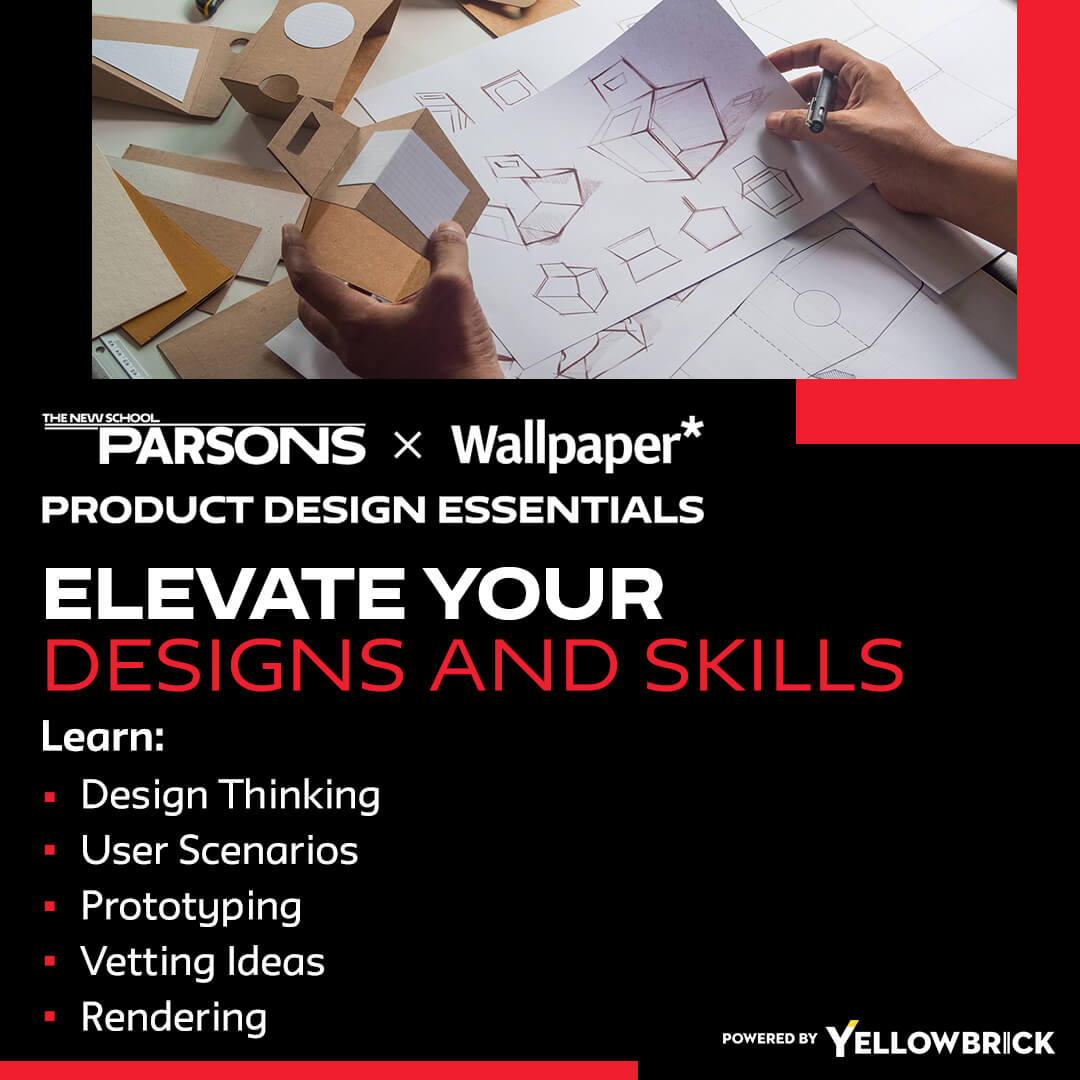Involving Users in the UX Design Process With Co-Creation

A particular type of research that UX design professionals typically do is called generative research. In this type of research, designers will often engage their end users to come up with UI ideas or solutions.
One thing you can do to practice generative research is to have each person you interview come up with their “perfect solution.” Draw it out with them. Ask them where the search bar should go or what the buttons on the screens should do.
Do not feel limited to what is actually possible. Have your testers dream big and imagine big. Ask them what they want to get to, what they would like to see, and what they would like to actually do. “The point of this is not necessarily to go out and design exactly that, but to understand, what the motivators are behind that, and to spark some ideas within yourself,” says UX design educator Daniel Holtzman.
The idea behind generative research is to co-create. Instead of thinking about what users need or listening to what they think they need, it is to sit down with them and ask them their biggest challenges. If you had a magic wand and could do anything, how would you solve their challenges? Ask them to draw this solution for you or build it from very simple prototyping materials.
Any UX workshop that you do with your users which involves the co-creation of a solution will be 100% more powerful. This is because your users have all the answers. “They know. They are there every day with their challenges in the settings that they are, in the cultures that they are,” states UI design professional Rinat Sherzer. Asking your users to help you design a solution will bring out ideas that you could never have thought of.
One of the most significant lessons that you should take away from your online UX design education is not to solve for someone, but to solve with them. Listen to the stories, then let them imagine a solution. Let them draw, act out, or prototype the solution. Through these responses, many new challenges will arise, and you will always get their perspective. You can then go and refine, iterate, and work with their prototypes. Getting users’ points of view and co-creating with them is priceless.


